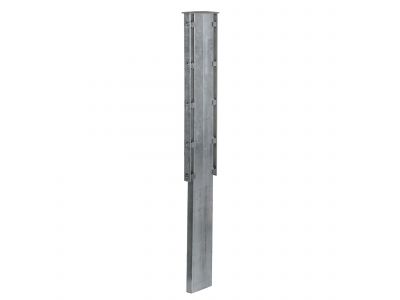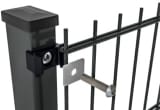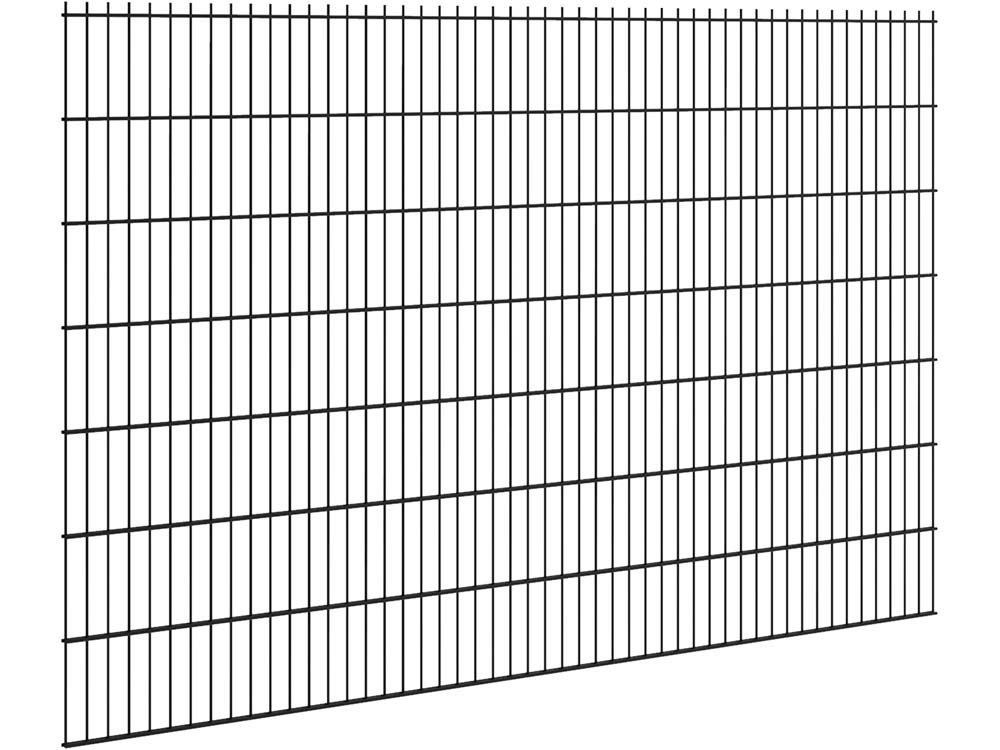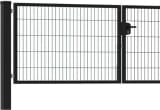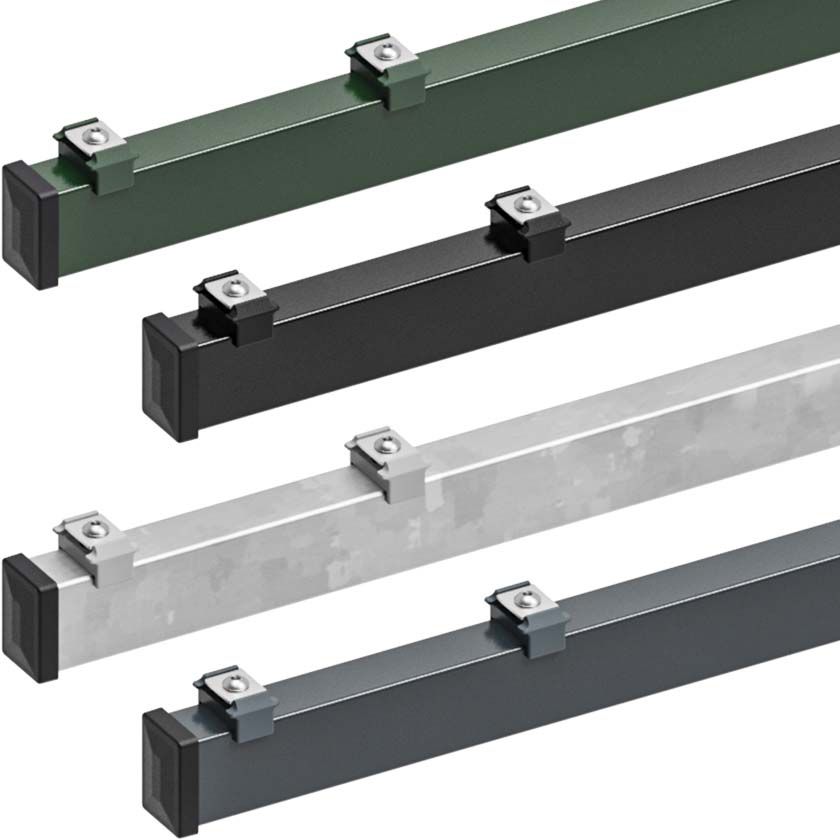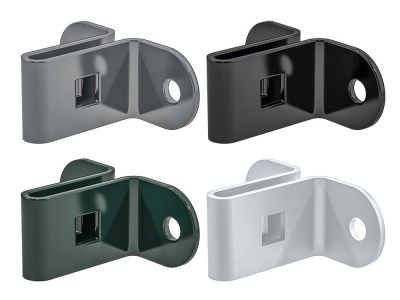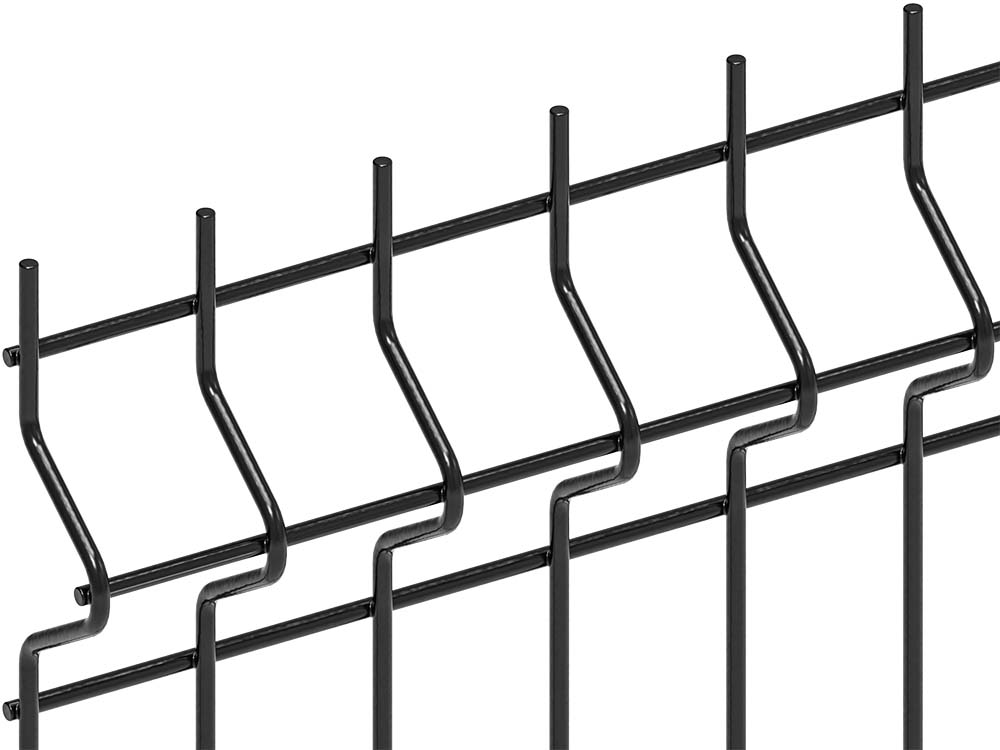Gabion Complete Package
The primary difference between a normal gabion and a gabion complete package lies in the level of convenience and comprehensiveness offered for constructing gabion structures.
Let's break down the differences between the two:
Normal Gabion:
- Components Sourcing: With a normal gabion, you source the various components required for constructing a gabion structure individually. This involves finding and purchasing gabion baskets, stone fill, binding materials, and any accessories separately.
- Customisation: You have more flexibility in selecting the specific size, shape, and design of the gabion baskets, as well as the type of stone fill and accessories.
- Sourcing Responsibility: You are responsible for ensuring that all the necessary components are of the right quality and compatible with each other.
- Assembly: You need to follow industry guidelines or expert advice to properly assemble and install the gabion structure, making sure that all components are correctly integrated.
Gabion Complete Package:
- Comprehensive Solution: A gabion complete package provides a ready-to-use solution by bundling together all the essential components needed for constructing a gabion structure.
- Convenience: The package includes gabion baskets, stone fill, binding materials, and often accessories required for assembly. This eliminates the need to source these components individually.
- Guidance: The package may include detailed instructions or guidelines for assembling and installing the gabion structure correctly.
- Pre-Selected: The components in the package are typically pre-selected and designed to work together, ensuring compatibility and optimal performance.
- Efficiency: A complete package streamlines the process of constructing gabion structures, saving time and effort in sourcing and coordinating components.
- Less Customisation: While some packages may offer limited customisation options, the level of flexibility in choosing specific sizes, designs, and materials may be less compared to sourcing components individually.
A typical gabion complete package may include:
- Gabion Baskets or Mats: The core components of the package are the gabion baskets or mats themselves. These are the wire mesh containers that will hold the stone fill.
- Stone Fill: The package might include the appropriate type and quantity of stone fill needed to complete the gabion structure. The stones are an essential part of the package, as they provide the structural stability for the gabion.
- Accessories: Various accessories, such as binding wire, hog rings, stiffeners, bracing wires, and other components needed for assembly and stability, may be included.
- Installation Materials: Some packages might also provide basic tools or materials needed for installation, such as wire cutters, gloves, and safety gear.
- Instructions or Guidelines: Detailed instructions or guidelines for proper assembly, installation, and maintenance of the gabion structure may be included in the package.
- Optional Components: Depending on the package and the specific project, optional components like geotextile fabric, mesh panels, capping materials, or even planting materials might be included.
- Customisation: Some suppliers offer customisation options, allowing you to choose the specific dimensions, shapes, and designs of the gabion elements included in the package.
In summary, a normal gabion requires you to source and coordinate all components individually, providing greater customisation options but also demanding more effort and expertise. On the other hand, a gabion complete package offers convenience and a ready-to-use solution with pre-selected components, making it easier to build gabion structures, especially for those who are new to gabion construction or seeking a simplified process. The choice between the two depends on your level of experience, project requirements, and preference for customisation.
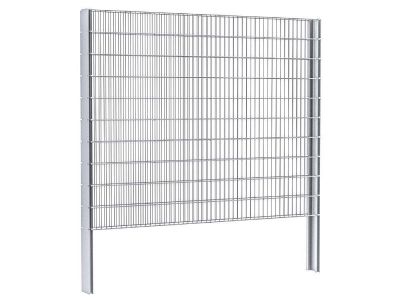
 Complete package
Gabion fence package
Complete package
Gabion fence package